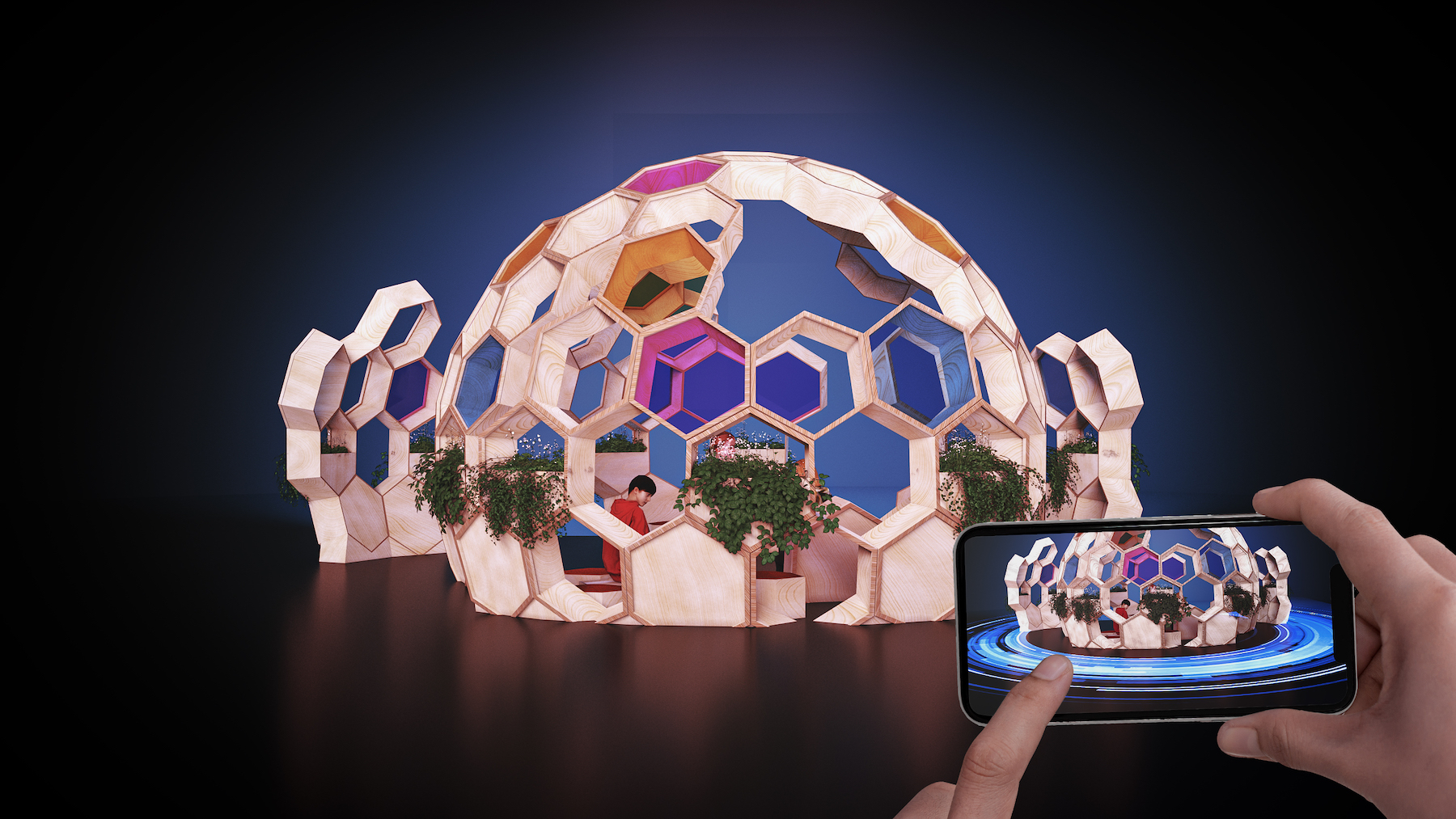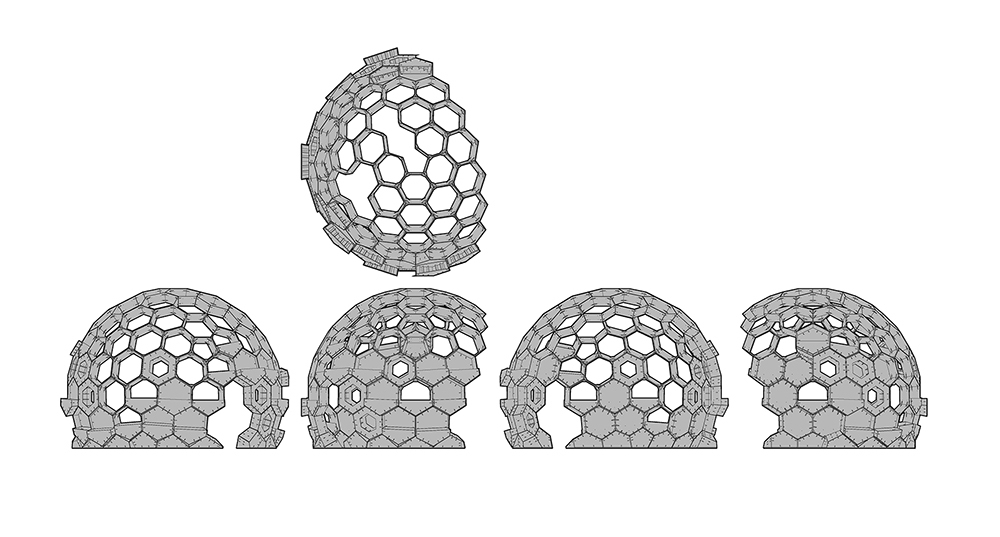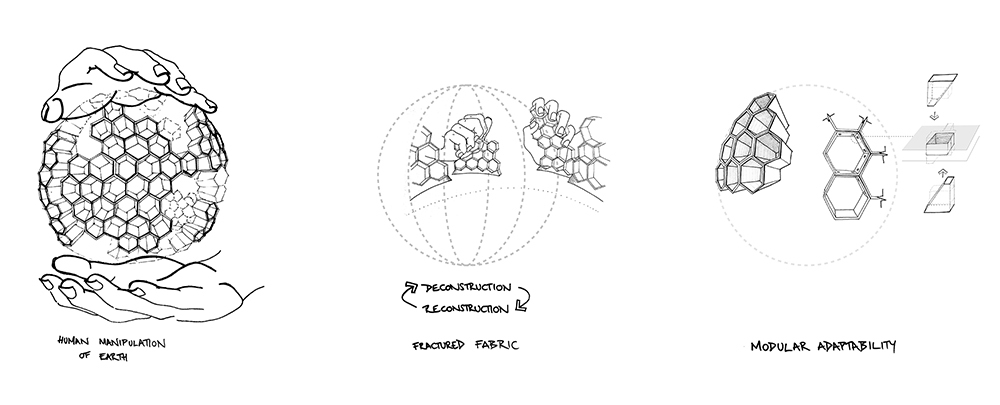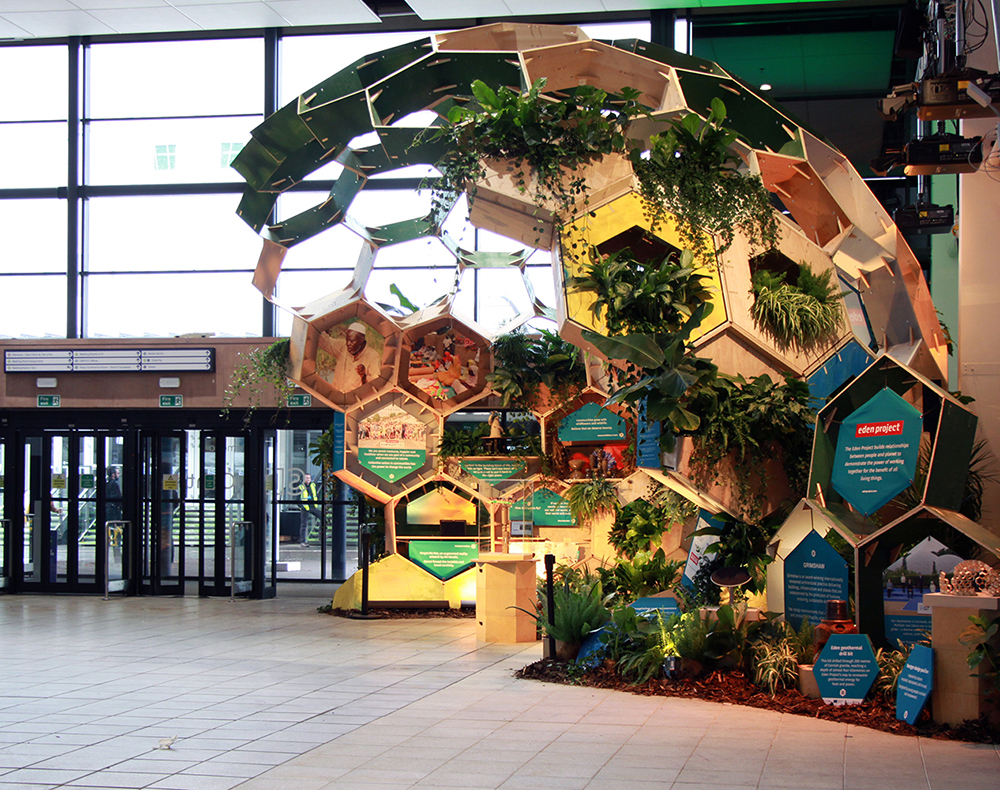Next Generation Design Pavilion | Scale Rule
In small teams the students were challenged to design an innovative pavilion responding to the St James’ churchyard site in Clerkenwell, to feature as part of Clerkenwell Design Week in Central London.
The Next Generation Design project began with 2-days of workshops mixing short talks about architecture and engineering from young professionals with site visits, design and sketching workshops that allow the students to put what they learn into action. In small teams the students were challenged to design an innovative pavilion responding to the St James’ churchyard site in Clerkenwell, to feature as part of Clerkenwell Design Week in Central London.
Little did the students know, a version of the winning pavillion design would end up at COP26 the following year.

Starting with a given set of materials, the teams created concept sketches, models, and drawings both setting out their design and explaining how they would would build it! At the end of the workshop the teams presented their designs to a panel of friendly architects and engineers from academia and industry.
In normal years this design would have been finalized by the Scale Rule team running the workshops, and constructed and installed as part of Clerkenwell Design Week in May 2020 with the help of the workshop participants.
However, clearly 2020 was not a normal year, and instead of the design being realized physically it was rendered digitally. "I think that was a huge learning curve," said Annabel Koeck, one of the co-founders of Scale Rule, "not just for the kids, but for the architects and engineers, who had to switch to a digital environment."

Early in the summer, the students behind the winning concept, from Harris Boys’ Academy East Dulwich in London, took part in a digital design workshop where the pavilion was collectively reviewed, tested and developed to allow the team to give feedback and push the design forward.
In collaboration with XR developers at Grimshaw, the pavilion was created as both a virtual and augmented reality composition which can be explored online. The pavilion can be experienced anywhere using the instagram filter to drop it into your surroundings and move around.


"You have to think about what experience you're trying to create very differently to in the physical world," said Annabel. "And so that was a lot about trying to build the digital model, and then testing it on people, to see their reactions and how engaging it is. The Scale Rule team thought it would be an interesting process, even if we were building it in real life, because you never get that kind of testing of the final product, when you're building a real pavilion or architecture."
In 2021, The Eden Project partnered with Grimshaw to create a version of the pavilion at the COP 26 2021 United Nations Climate Change Conference in Glasgow.
